Ethiopian Coffee: Where Coffee Began
Coffee has become a hot commodity in almost every country around the world. According to National Geographic, coffee is the second most widely consumed drink in the world after tea, but when it brews, I mean, boils down to it, how did coffee become so popular and where did it all begin? Here’s the telling history behind coffee and how it came to be the go-to drink to start your day.
What is Ethiopian Coffee?
Simply put, Ethiopian coffee is coffee that is grown in Ethiopia. There are no concrete answers on exactly when coffee was discovered, however, the overwhelming consensus is that it started with an Abssynian (Ethiopian) goat herder in 850 A.D., Kaldi, who stumbled upon coffee after finding that his goats were full of energy from consuming the coffee cherries. Weird beginnings, but we’ll take it. After taking these cherries to a local monk who brewed the coffee cherries, word quickly spread across the Arabian peninsula and thus began the official cultivation and trade of coffee as a cross-cultural commodity.
By the 15th century, coffee became an increasingly popular drink often enjoyed in social settings and at home. Whether you were heading to a local festival or enjoying breakfast with family on a Saturday morning, locals in Yemen, Syria, Ethiopia, ancient Persia, Egypt, and Turkey could all be found enjoying a fresh cup of coffee.
Coffee as a Trading Commodity
With its growing popularity, coffee found its way across 17th century Europe. The dark beverage that we know and love today was once condemned by the local clergy in Venice in 1615. After causing quite a stir, Pope Clement VIII intervened and quickly found that this satisfying and delicious beverage was worth his approval. Four centuries later, your go-to coffee shop might want to thank Pope Clement VIII for his approval of this once controversial beverage. This news quickly inspired the creation of coffee houses in England, France, Germany, and Holland. For one-penny, one could purchase a cup of coffee, replacing the popularity of drinking alcohol to begin one’s day.
Eventually, coffee made its way to the Americas competing with the most popular drink at the time and is still a leading commodity today, tea. Coffee became more popular as the taxes on tea continued to rise. Not only was coffee cheaper to trade, however, word of this new stimulant that made its way from Ethiopia, through Europe and now to the Americas, was the talk of the town.
What Is Yirgacheffe Coffee?
Yirgacheffe Coffee is produced in Yirgacheffe, Ethiopia, a small region where coffee is grown at a high altitude above sea level and is washed using wet processing. Wet processing involves soaking the beans in water for up to one week, also known as fermentation. Timing is crucial in this process to avoid overly sour or mold/mildew flavors. Fermentation of the beans aids in bringing out the fruitier and more acidic flavors in the coffee bean. When producing Yirgacheffe coffee, this process creates a distinctly flavored coffee with rich flavors and is known as the most expensive yet, highly regarded coffee in Ethiopia and worldwide.
What is the Ethiopian Coffee Ceremony?

As coffee cherries reached almost every part of the world, people developed new and improved ways to brew coffee like espresso, which was invented in Italy, and cold brew which is becoming increasingly popular in the United States over iced coffee. But, in Ethiopia, the birthplace of coffee, a traditional ceremony called ‘Bunna’ is still held to this day to bring together friends, family, visitors, and coffee lovers alike.

What Is The Difference Between Cold Brew and Iced Coffee?
The ceremony starts with fresh whole bean coffee and is roasted over an open fire using charcoal to burn. The ceremony is traditionally done by women and is often how many Ethiopian families bond and pass down this art and tradition of brewing coffee. The host will decide when to stop roasting the beans, so it could range from a light brown to a dark roast and is stirred throughout the process to ensure the beans are evenly browned.
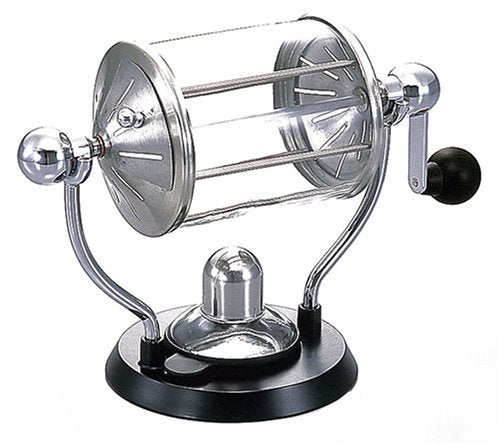
$266.00
At this point, the host stops roasting the beans and allows each guest to smell the amazing aroma of freshly roasted coffee. This is undoubtedly the best part of the ceremony aside from drinking the coffee and makes it well worth the 1 hour and 30-minute wait. The beans are crushed into a fine consistency and poured into a pot to brew. Once the coffee is ready, the host pours the coffee into a demitasse cup along with a spoon of sugar and it’s ready to be enjoyed.
Best Ethiopian Coffee You Need To Try
If you’re looking for the best Ethiopian coffee whether it’s single-origin or blends that are packed with incredible flavors for you to try, click here for a full list of our Ethiopian coffees. For a curated list of some of our favorites, see below:
Top 5 Ethiopian Coffees
1. Joe Bean Ethiopia Gelana Abaya
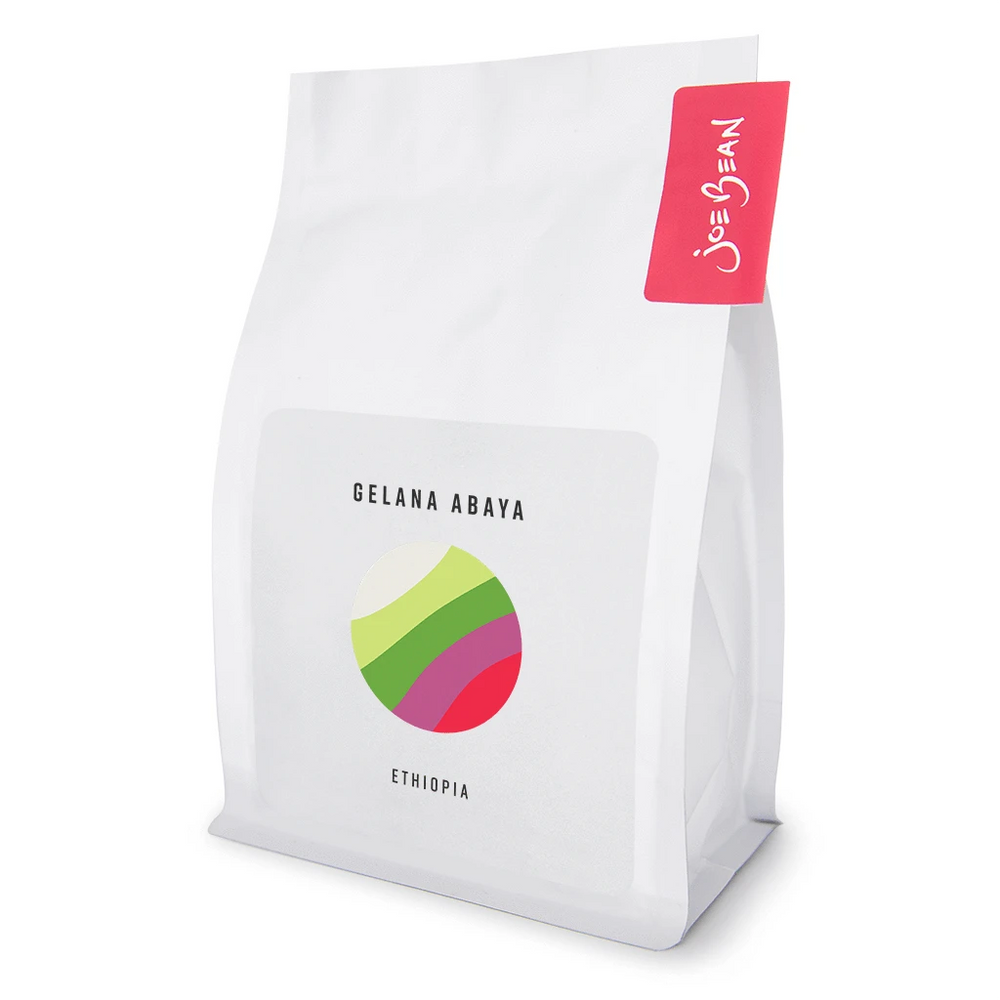
$18.00
2. J Martinez Ethiopia Yirgacheffe
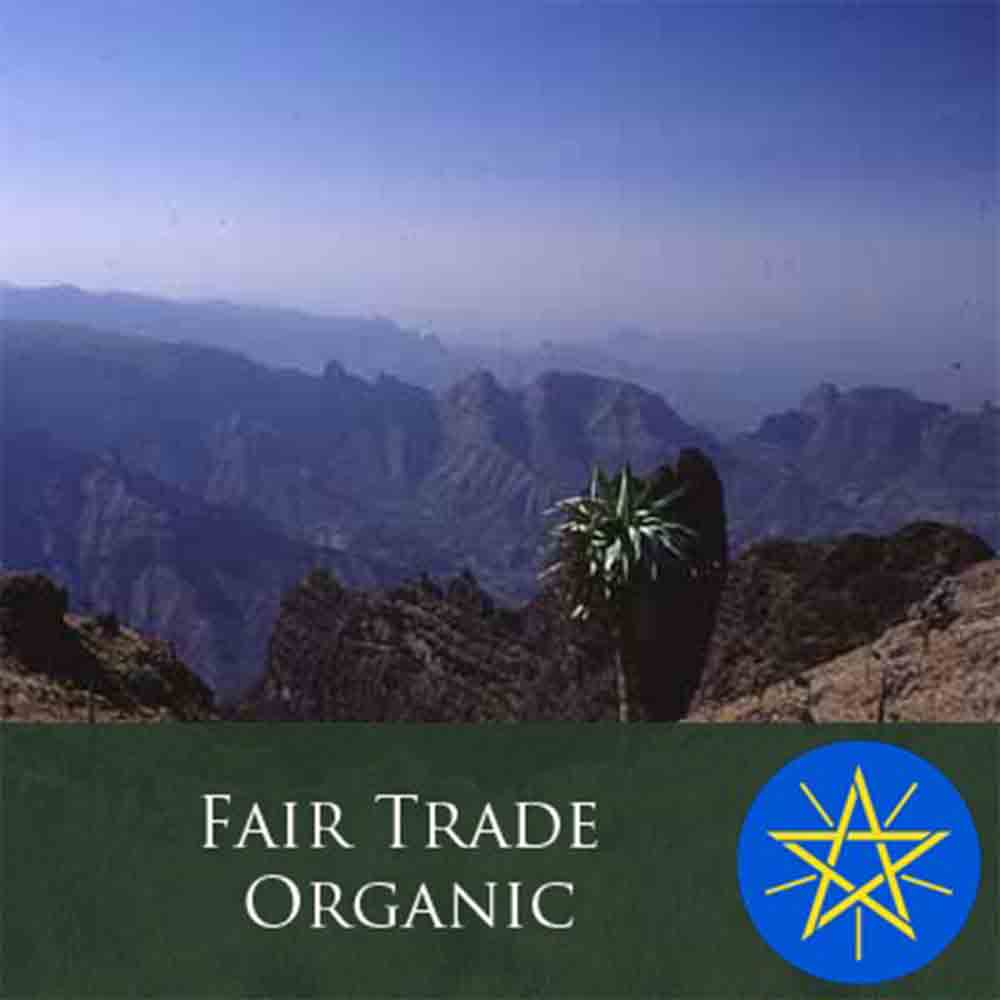
$14.24
3. Fuego Coffee Roasters Ethiopia
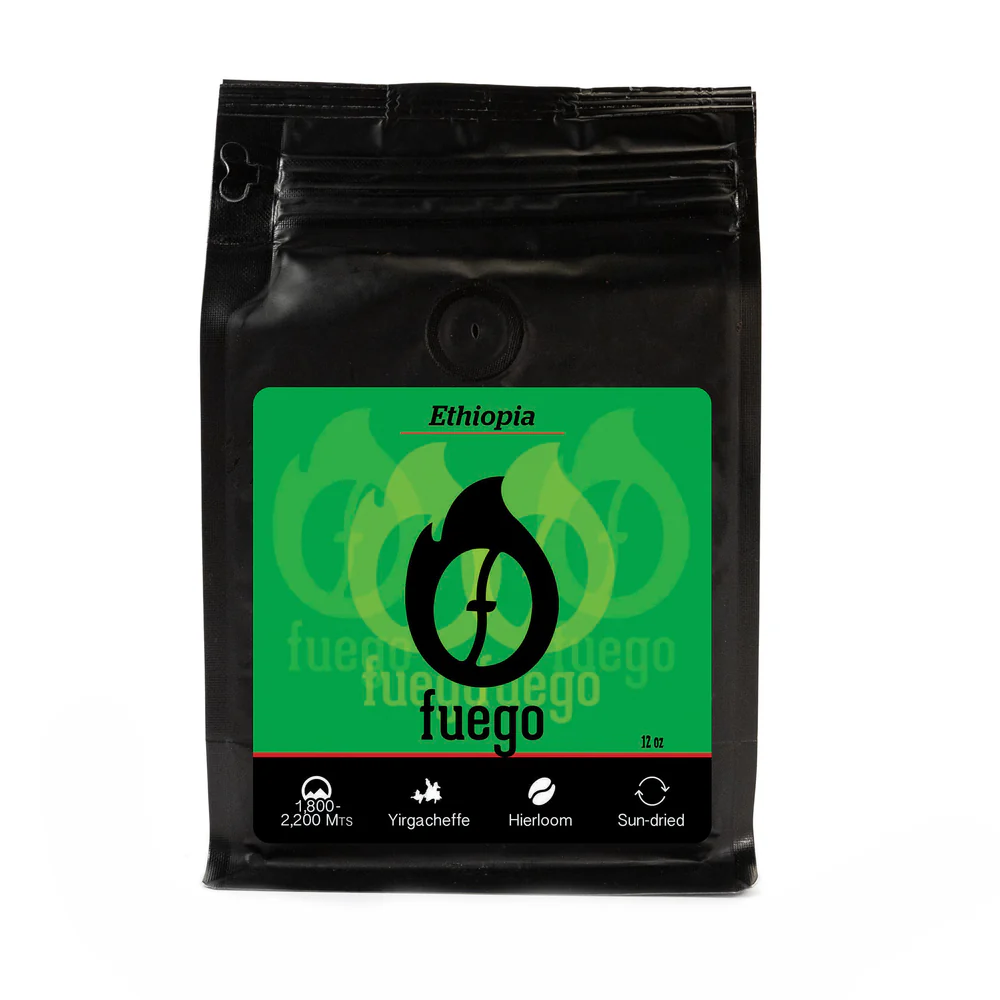
$18.00
4. Maromas Ethiopia Sidam Single Origin
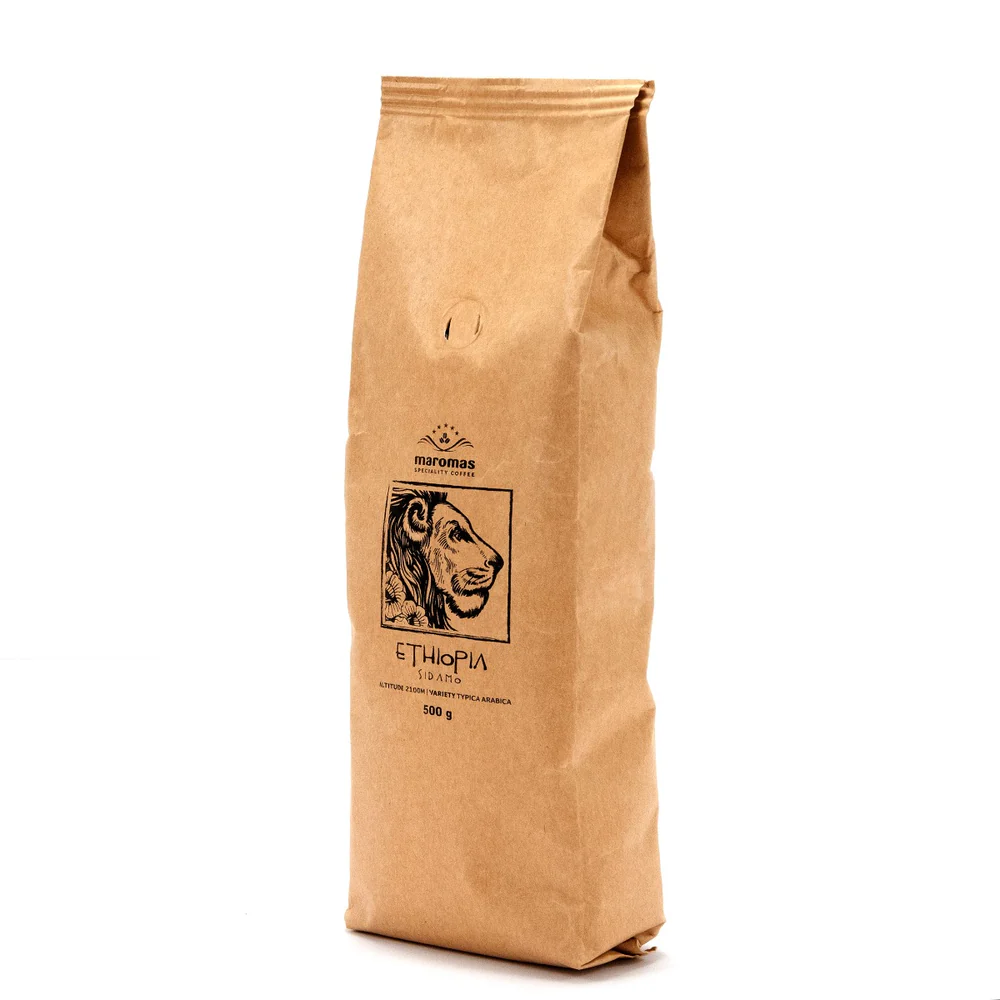
$13.99
5. Illy Arabica Selection Etiopia Whole Bean Coffee
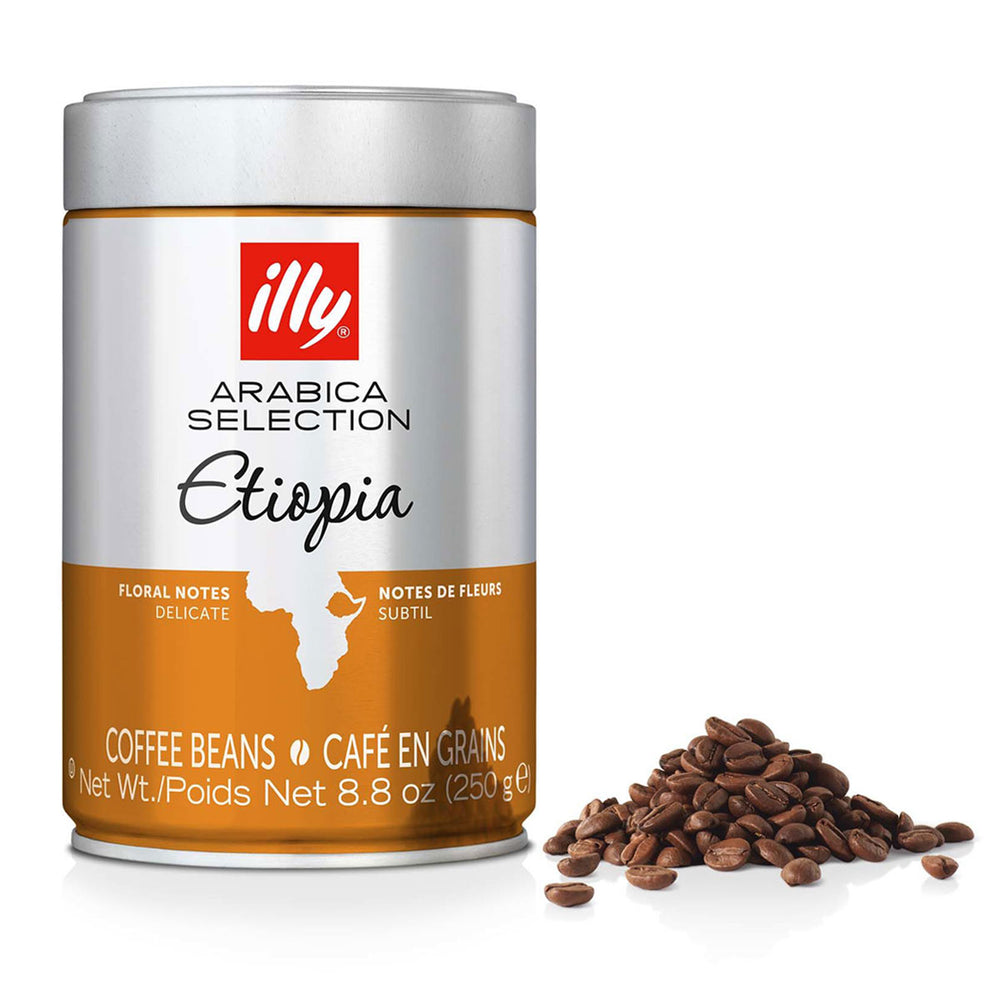
$14.99
Fun Facts
According to the National Coffee Association, Gabriel de Clieu, a young naval officer, obtained a seedling from King Louis XIV’s coffee plant in 1723 and endured a dangerous voyage to plant the seedling in Martinique. His voyage was successful and is the parent of all coffee trees found throughout the Caribbean, Central, and South America. If you’ve found yourself sipping on a delicious cup of coffee sourced from these regions, you can technically say your coffee is from King Louis XIV’s coffee plant.
Research Sources:
“The History of Coffee”. National Coffee Association of U.S.A., Inc. Web. 2 July 2019.
Stone, Daniel (2014).
“The World’s Top Drink”. National Geographic Society, n.d. Web. 2 July 2019.
 USA
USA
